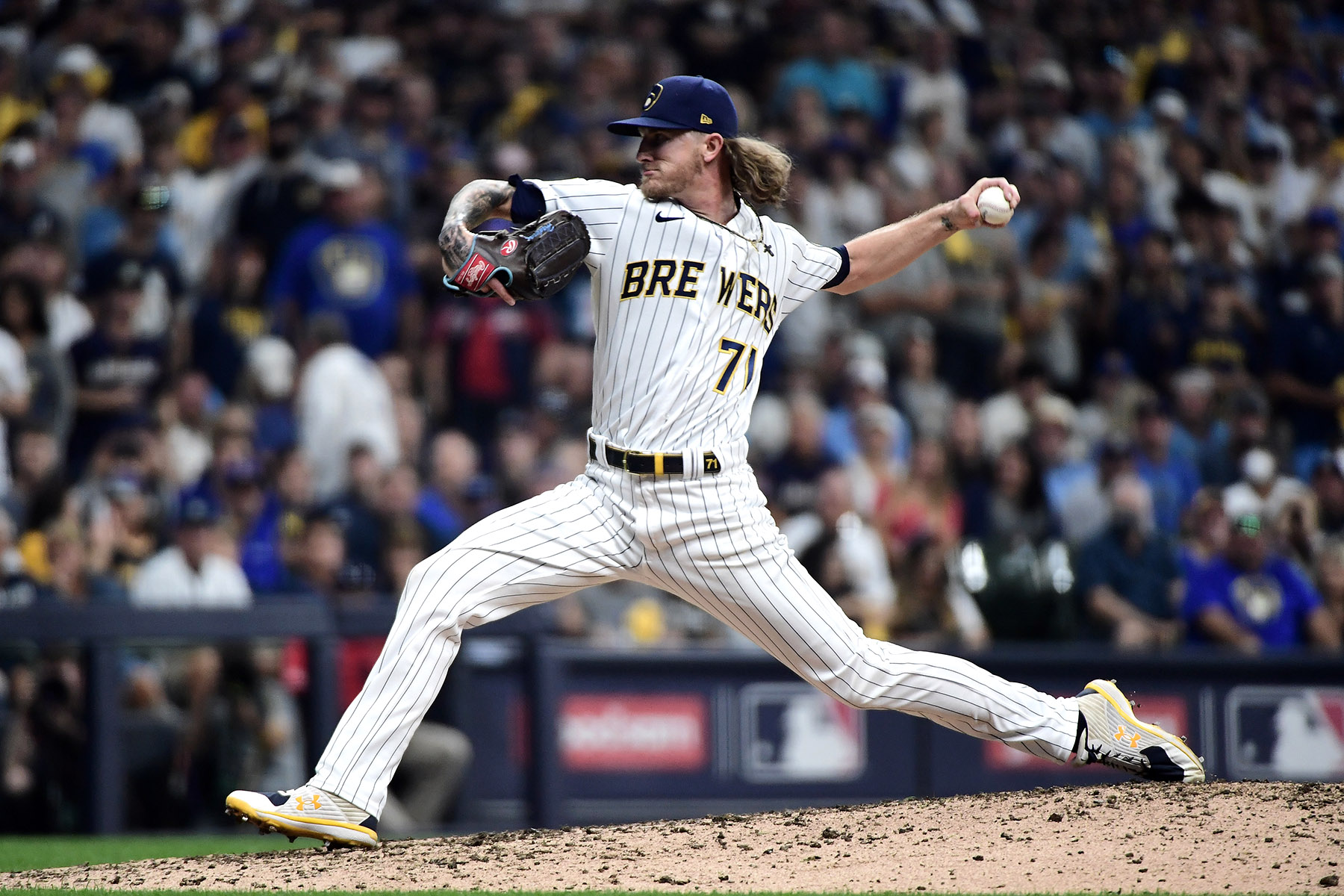Our Vision For This Site
We’ve been avid sports enthusiasts and MLB “stats guys” for many years, and we know there are certainly plenty of tools available for all types of baseball analytics and breakdowns.
What we could not find though, was a site that encapsulated the effectiveness of team bullpens. Sure, there are plenty of sites that have advanced Statcast data and include relief pitchers

Gone are the days of a lefty striding confidently in from the bullpen with just one job: get the next guy out. MLB implemented its 3-batter rule change (effective with the start of the 2020 season, and now most assuredly permanent) to make the game move faster and ensure more runs are scored. Whether it’s actually working? That’s still up for debate.
That said, these changes have forced coaching staffs to think more analytically than ever. Focusing more on versatile arms and smart player rotations. Building a bullpen for today’s game means testing pitchers’ limits and going back to the basics of what makes a reliever successful.
So how do teams build a top-tier bullpen? And what should we be looking at?
Talent, Cost, and Development
To begin, let’s not ignore the fact that with relief pitching you typically get what you pay for. Even teams with deep pitching staffs aren’t usually grooming their top prospects for bullpen roles. Most of the high-potential arms in the minors are being prepped as starters. So when you’re analyzing bullpens, you’re often dealing with an even higher level of uncertainty.
Managing a bullpen might be the single most important factor in a team’s overall success. Especially late in the season, when arms are tired, starters are breaking down, and the unexpected becomes the norm. These moments stress a bullpen but also give sharp observers opportunities to spot when a team might be headed for trouble.
What Stats Really Matter?
People often ask: do relief pitching analytics even matter? Aren’t the sample sizes too small? How does season-long relief pitcher data help me right now?
Whether you're a stats nerd like us, into sports betting, daily fantasy, or just love the game, understanding a bullpen’s potential is key. By combining a few basic analytics, current team conditions, and some critical thinking, you can build a solid snapshot of how a bullpen is likely to perform on any given day.
Everyone has their preferred stats: xFIP, SIERA, zone-contact %, or even ERA (yes, some still stand by it). Whatever works for you is fine. But we’ve put together a few metrics here, specifically tailored to bullpens, that you won’t find anywhere else.
Overall Effectiveness
The bottom line for any pitcher is: can they do their job effectively when they get the call?
We use a custom metric called simply “Effectiveness,” which blends recent performance (across several timeframes), overall skillset, in-game usage patterns, and signs of fatigue to give us a “bottom line” number for each reliever.
We then combine the individual effectiveness of a team’s bullpen pitchers, along with any known deficiencies or status changes, to help calculate the bullpen’s overall effectiveness.
Fatigue & Velocity Trends
What do we mean by fatigue? Why does a dip in velocity matter?
For many pitchers, dropping velocity is the first indicator of looming potential issues: maybe an injury, maybe exhaustion, or even a confidence issue. It could be one of those things, or a mix. Either way, it’s often a clear sign a pitcher isn’t at their best.
We also track usage, or how many pitches they’ve thrown recently and in how many outings, how often they’ve pitched on back-to-back days, and how much they’ve worked over the last week. Pitchers who are fatigued will often perform well below their historic numbers.
Splits and Situational Use
Splits are everywhere in pitching analysis—but they can be misleading, especially for relievers. Sample sizes are small, and the situations relievers face are never exactly the same.
Handedness splits (lefty vs righty) can be useful if there’s enough data. But others—like home vs road, monthly splits, or even first vs second half—are much less reliable. In fact, things like weekly performance are often more about health and opportunity than actual ability.
Also, bullpen roles aren’t set in stone. Just because a guy struggles in high-leverage spots early in the year doesn’t mean he won’t thrive in a lower-pressure 6th inning later on. The key is understanding how and when a pitcher performs best—and using that knowledge to your advantage.
Pitch Types & Zone-Contact %
Zone-contact percentage is one of the most telling stats out there. If hitters swing and miss at pitches inside the strike zone, it means your pitcher is nasty—and that’s a big deal.
Elite bullpens limit damage in key spots. And the best way to do that? Don’t let the batter touch the ball. The fewer balls in play, the less you rely on luck or defense. Swings and misses lead to better outcomes across the board.
That’s Where We’ll Stop (for Now)
Despite the dozen or so topics we’ve covered already, this is just the tip of the iceberg when it comes to bullpen analysis. Most of what we’ve talked about applies to starting pitchers, too.
To clarify, this isn’t the only way to analyze pitcher effectiveness, but it’s a solid place to start if you want to look at bullpens differently (and more intelligently) than most people.
Published by Inside The Pen Staff
4/01/2022
updated: 7/17/2025